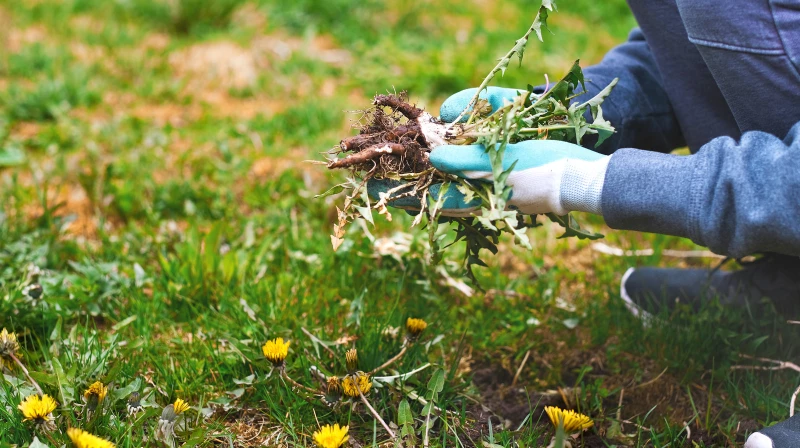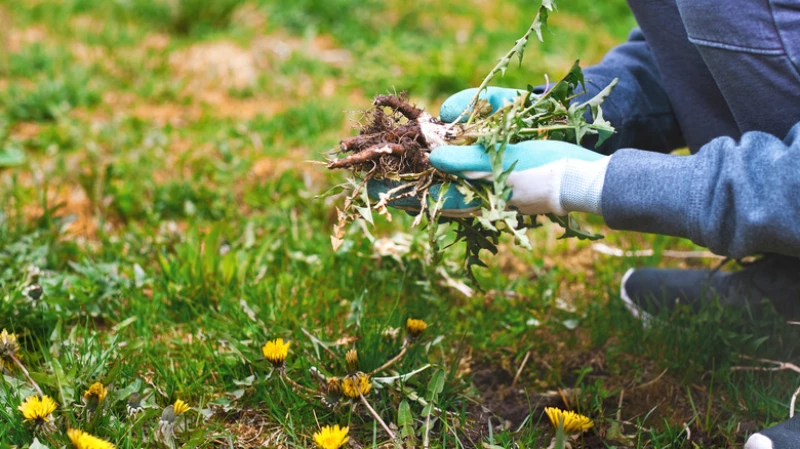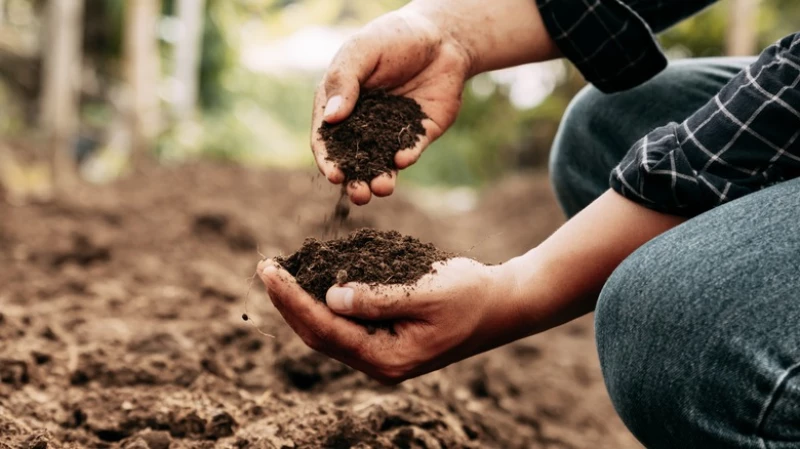The bane of every gardener's existence is a garden overrun with weeds. To combat this, gardeners are always on the lookout for effective methods to keep these pesky plants at bay. One innovative technique is high-intensity planting, where herbs and flowers are densely planted together, leaving no room for weeds to thrive.
Weeds are a constant presence in the soil, with their seeds ready to sprout at any given opportunity. Traditional methods of weed control often involve the use of harmful herbicides, which can have detrimental effects on the soil and surrounding plants. However, by utilizing high-intensity planting, gardeners can naturally suffocate the weeds and prevent them from taking over their garden.
Knowing why weeds sprout is necessary to determine how to prevent them. They draw water and nutrients from the soil and take up space and sunlight meant for your plants. The competition gets too fierce, especially with vigorous weeds, and your garden ends up losing out and suffering. By growing plants very close to each other, you cut the weeds off before they even get started.
Do some pre-planting weed control by checking the state of your soil
The decision to cover every inch of your garden with plants is never an easy task. Some plants just don't do well in tight spaces and need to be removed from the rest at certain distances. When high-intensity planting, you have to map out what the garden will look like and what will go where ahead of time. This is called pre-planting. A 2010 study in the African Journal of Agricultural Research investigating the efficiency and potency of pre-plant weed control for butternut squash crops showed that the higher the plant population density in a given area, the lesser the weed growth and the better the yield. The research also prioritizes soil preparation. While your home garden probably won't call for tens of thousands of plants, your gardening method has to follow the same approach of knowing what you're working with ahead of time.
Maximizing Plant Growth: The Importance of Soil Preparation
Ensuring the success of your garden plants begins with proper soil preparation, and fertilization plays a crucial role in this process. To assess the health of your soil and determine the appropriate fertilizer, you can conduct a soil test using an affordable $18 soil test kit from Earth Easy. By following the instructions provided, you can measure the levels of nitrogen, potassium, phosphorus, and pH in your soil. Armed with this information, you can select the right type and quantity of fertilizer to optimize the growth of your crops and ornamental plants.
Optimizing Plant Spacing for Weed Control
In addition to soil health, the spacing of your plants is a critical factor in promoting their growth. Plants naturally compete with each other for nutrients, making it essential to plan their placement strategically. One effective method is to arrange the plants in a checkerboard pattern, aligning each row with the gaps in the row in front of it. This uniform spacing ensures that the leaves of each plant will touch when they are fully grown, providing soil protection and aiding in moisture retention. To determine the ideal spacing for specific plants, consult a spacing guide or resource such as the Virginia State University Extension.
Consider the height and maturity periods of your plants when interplanting. Pairing plants with different maturity periods can help minimize competition for resources. For example, if you combine a plant with a short maturity period with one that has a longer maturity period, you can easily harvest the shorter plant without impeding the growth of the other. Additionally, be mindful of the sunlight requirements of your plants, as taller species may shade smaller, shade-tolerant plants.
High-Intensity Planting: A Solution for Weed Control
High-intensity planting can be an effective solution for anyone tired of weeds suffocating their beloved yard. However, it does come with some disadvantages.
One disadvantage is the cost associated with setting up high-intensity planting. It requires a larger quantity of seeds and potentially raised garden beds to accommodate more soil per area.
Another potential drawback is the risk of plants competing with each other if the planting is not planned out properly.
Despite these disadvantages, high-intensity planting is a solution worth considering for those seeking to combat weed growth and maintain a beautiful yard.









